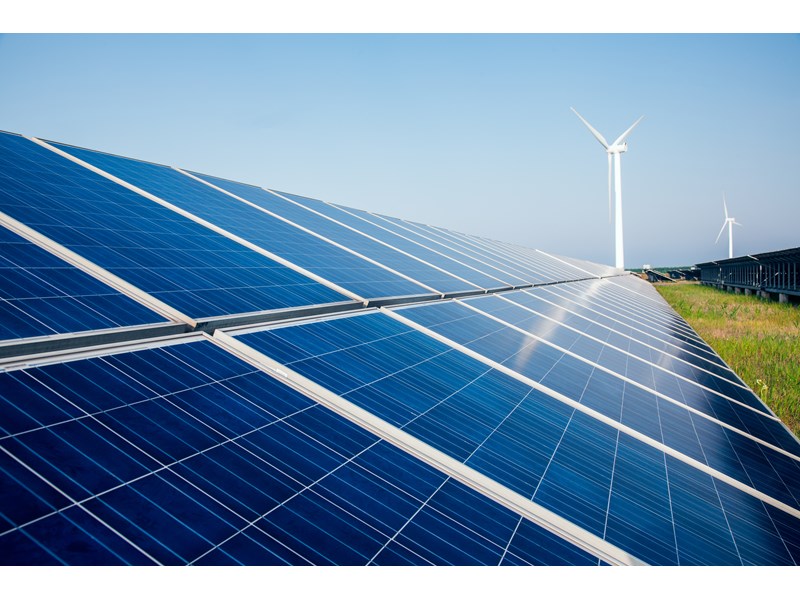Chasing the sun: Spain’s solar PV boom
What investors need to know about Europe’s hottest solar market
1 minute read
After years of policy-induced weakness, Spain is now Europe’s hottest solar PV market.
Solar power is enjoying a resurgence in popularity across Europe as decarbonisation goals become a priority. Spain is no exception: the country has seen a rush in project development since its 2017 renewable energy auction.
And there is much more to come: a total of 4.5 GW is set to be installed in 2019, with a further 15 GW planned between 2020 and 2024.
What’s behind Spain’s solar boom?
Policy shift sees renewed support for solar
Spain’s new government has signalled its intention to become one of Europe’s renewable energy leaders. The country has set an ambitious target of 74% renewable power by 2030 and 100% by 2050.
These new targets mark a clear policy shift in favour of renewables. Spain’s energy mix is set to undergo a radical change over the next few years, with significant expected upside for solar and wind.
Rapid growth propelled by falling costs
Module prices have fallen by over 90% in 10 years. And auctions for solar PV technology around the world are routinely clearing at below US$50/ MWh.
In Spain, solar PV costs have dropped far enough below wholesale power market prices to open a range of new routes to market, prompting investors to flock to the region: Spain now makes up 46% of Europe’s subsidy-free solar PV project pipeline.
-
90%
Amount module solar PV prices have fallen in 10 years
-
2050
Spain’s target date for 100% renewable power
-
46%
Spain’s share of Europe’s subsidy-free solar pipeline
Choosing the right business model
New project models include power purchase agreements (PPAs) and merchant investments, or complex models combining a mixture of both – each with varying levels of risk and return.
PPAs generally provide a lower-risk route to market, but competition is high. And with many more investors looking for PPAs than there are potential offtakers, Spain is very much a buyers’ market.
While merchant investments can offer better returns, investors will be more exposed to fluctuating wholesale power prices and the risk of price cannibalisation (a phenomenon where wholesale market prices fall as more variable wind and solar is added to the grid.)
Fill in the form on this page to get a copy of the full insight, which compares the risks and rewards associated with each funding model in more detail.
The race for grid connection
As Spain’s solar market hots up, securing sites with access to the transmission or distribution grid is a significant challenge for developers.
Much of the market is already saturated. Many grid connection agreements have been snapped up by speculative developers, prompting the regulator to increase the guarantee for applications to four times the original fee.
With new grid connection capacity increasingly difficult to secure, M&A may be the only route to market for new investors. And developers are cashing in on the opportunity: sites with existing grid connections will come at a premium.
While the Spanish solar market offers promise, there are challenges ahead. Download our report to understand what key issues investors need to consider, including:
- The pros and cons of merchant vs PPA
- Risk factors and financing considerations
- How to optimise project returns
- Are future auctions a possibility for investors looking for an alternative route to market?
Fill in the form on this page to get your copy.






